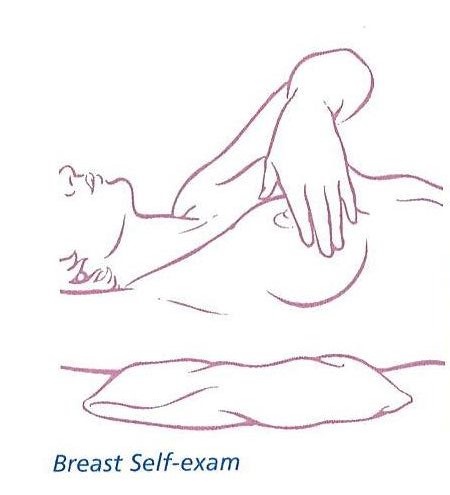How to do a Breast Self-examination? - Dubai Breast Cancer Clinic
Your tool for early diagnosis of Breast Cancer
- Breast self-examination is a process through which a woman can do her self-check-up to look for changes in the breast tissues if any.
- Breast self-examination is not a substitute for breast screening, however, the experts encourage women to carefully examine their breasts in order to remain aware of the look as well as the feel of the breast.
- Familiarity is important as it will immediately allow you to pinpoint any changes that may be caused due to several reasons.
Why you should do a breast self-examination?
- The first and foremost aim of conducting a breast self-examination is to report any changes observed by you during the breast self-examination to a medical professional so that serious concerns can be taken.
Best time to do breast self-examination:
- The best time for doing a breast self-examination is 3-5 days after the monthly period starts.
- Women are advised to repeat this self-examination every month at the same time because the hormonal variations that take place during the menstrual cycle also cause changes in the characteristics of the breast.
- The breasts are neither tender nor lumpy during this time of the monthly cycle. If you have reached the stage of menopause, then it is advised to do this self-test on the same date every month.
- You can check your breasts randomly. For instance, while having a shower getting up from the bed, or going to sleep.
How to do a breast self-examination:
- Stand in the mirror with the upper part of the body being exposed.
- Take a deep look for signs of swellings, dimpling, or redness on or near the breast area.
- Repeat the same in different positions by placing your hands on the hips and the arms overhead.
- Touch your breasts with your finger pads and seek the lumps that may surface. Also, look out for the soreness. Move the fingers over the breast and the nipple area.
- Palpate the area that extends to the armpit. Repeat this procedure in standing as well as sitting positions.
- Also, squeeze both nipples to check for the presence of any discharge. However, the same should not be done if you are breastfeeding.
Visit Doctor if found:
- A lump/thickening/knot/swelling in the breast or underarm area.
- Darkening/redness of the breast.
- Alterations in the size and shape of the breast.
- Itchiness/scaling skin/rashes on the nipple.
- Nipple discharge.
- Presence of pain in the breast area.
- Dimpling or puckering of the skin near or on the breast.
The breast clinic at Dr. Rami Hamed Center provides better options for the diagnosis of breast cancer, breast cancer treatment and breast ultrasound.




.webp?width=1080&height=1080&name=Doctor%20background%20For%20Website%20Dr.%20Fadi%20Nageeb%2009%20(1).webp)
